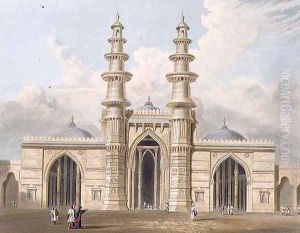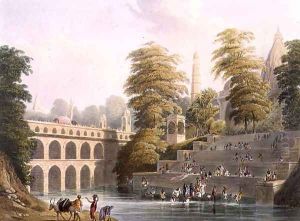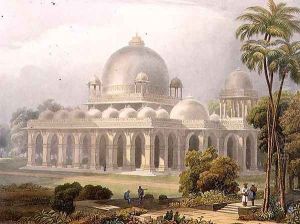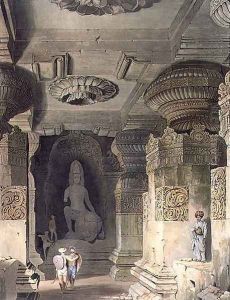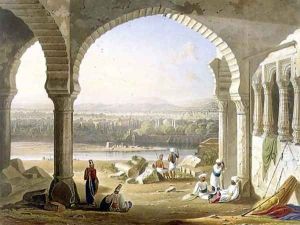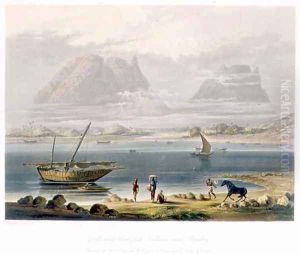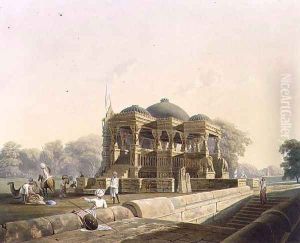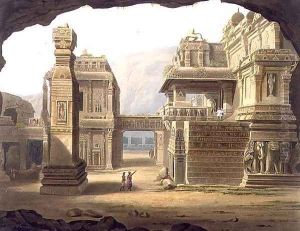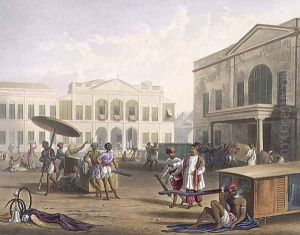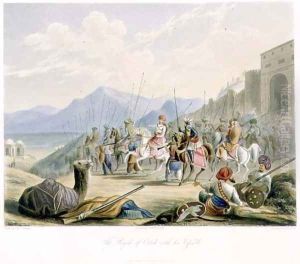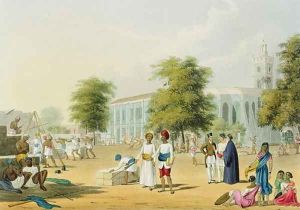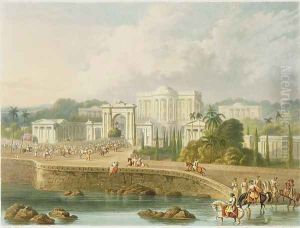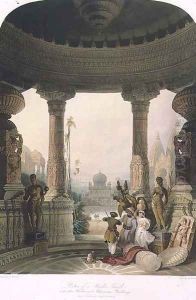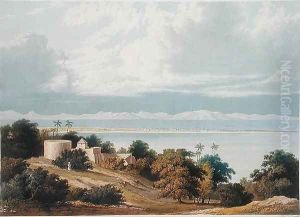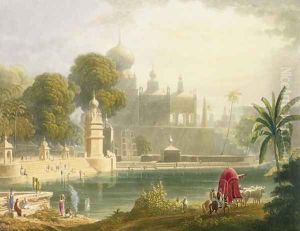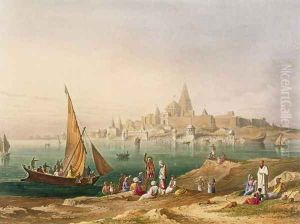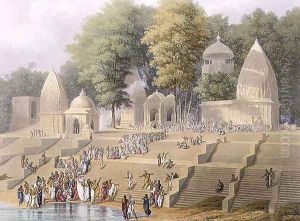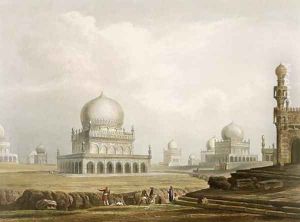Grindlay, Captain Robert M. Paintings
Captain Robert Melville Grindlay is a somewhat less familiar name in the annals of art history, yet his contributions, particularly in the realm of Orientalist art and the early documentation of Indian landscapes and life, hold a significant place. Born in 1786, Grindlay's life was a fascinating blend of military service and artistic endeavor, reflecting the complex interconnections between colonialism and art during the 18th and 19th centuries.
Grindlay's career began in the military, joining the East India Company’s army at a young age. His service in India, which spanned several decades, provided him with extensive exposure to the country's diverse landscapes, cultures, and people. This experience deeply influenced his later work as an artist and engraver, offering a rich tapestry of subjects that he would explore through his art.
Beyond his military duties, Grindlay is best known for his pioneering efforts in the field of Indian lithography. He was not just an artist but also an entrepreneur, founding Grindlay & Co. in 1828. Initially, this venture was established to manage the affairs of British residents in India, but it soon expanded into a wider financial services firm. However, it is Grindlay's artistic legacy, particularly his 'Scenery, Costumes and Architecture chiefly on the Western Side of India', published in 1826-1830, that has cemented his place in art history. This work was among the first to offer the European audience a detailed visual account of Indian life and landscapes, captured with a blend of artistic flair and ethnographic detail.
Despite his contributions to art and the early visual documentation of India, Captain Robert Melville Grindlay remains a relatively obscure figure, often overshadowed by more prominent artists of his time. However, his works are a testament to the early days of British India, serving as a bridge between two cultures and providing a visual record of a time and place that has undergone profound changes since Grindlay’s era.
Grindlay’s death in 1877 marked the end of an era, but his legacy, especially in the realm of Orientalist art and the early documentation of British India, continues to be of interest to art historians and collectors. His works not only offer insight into the artistic practices of the time but also reflect the complex dynamics of cultural exchange and representation during the period of British colonial rule in India.
